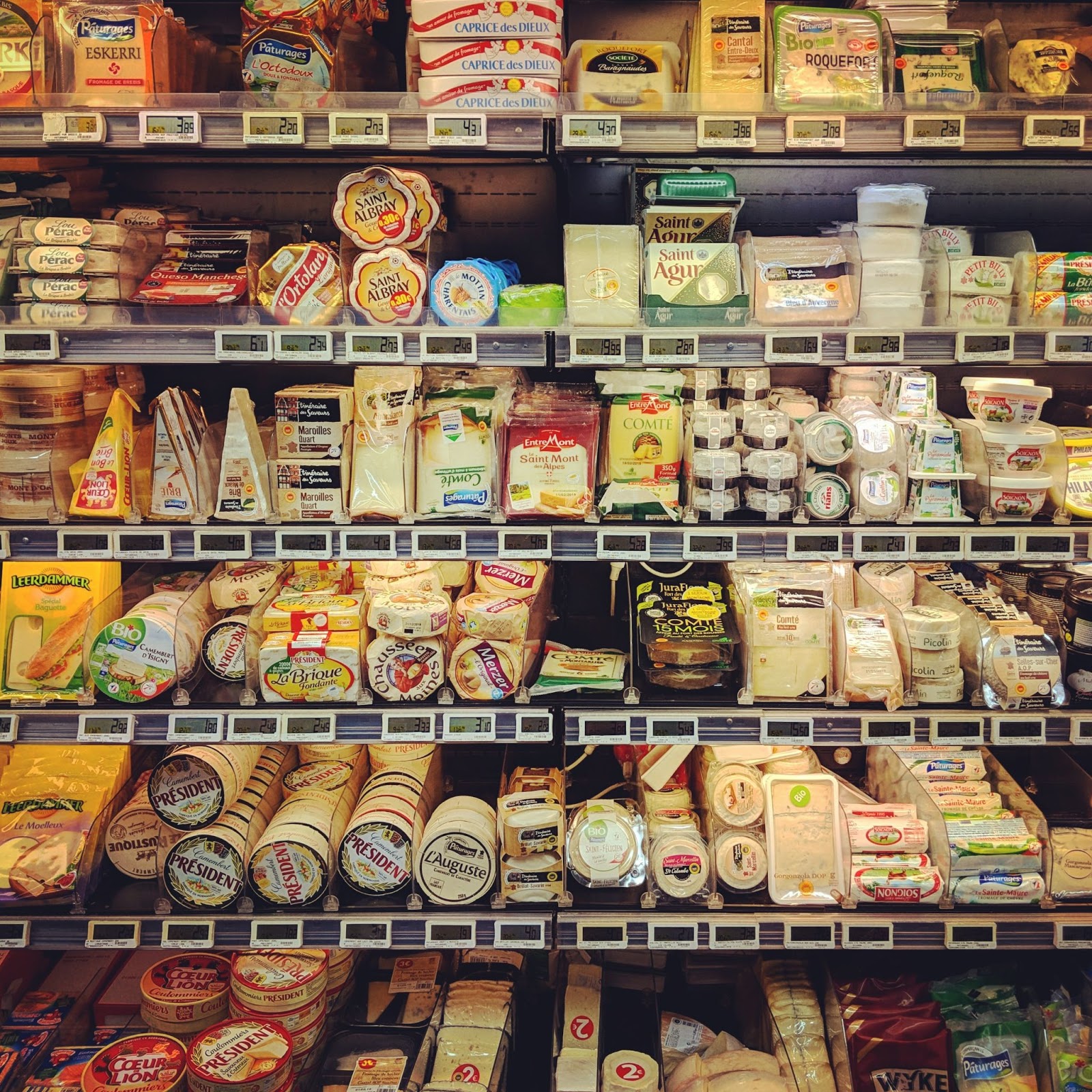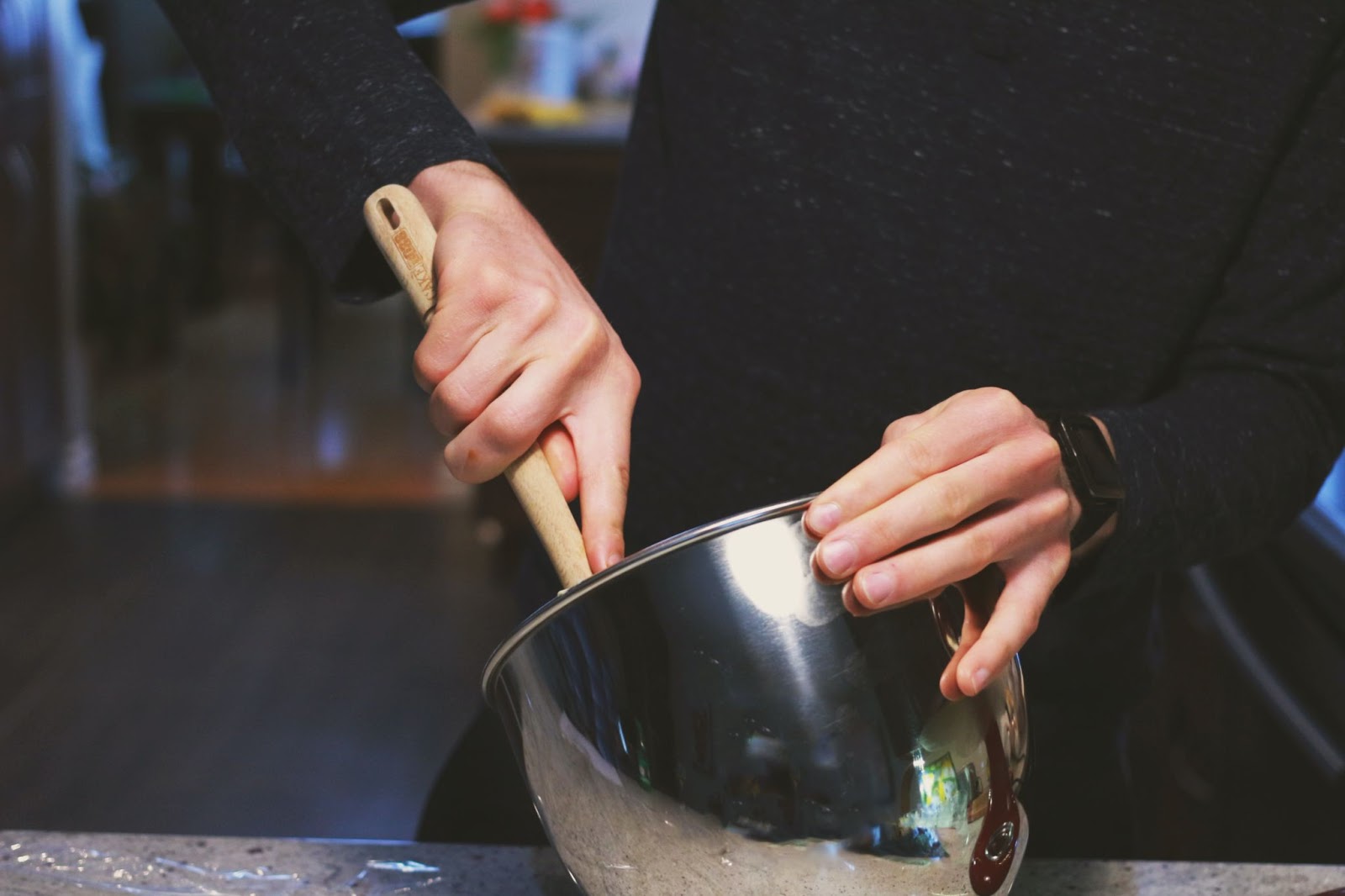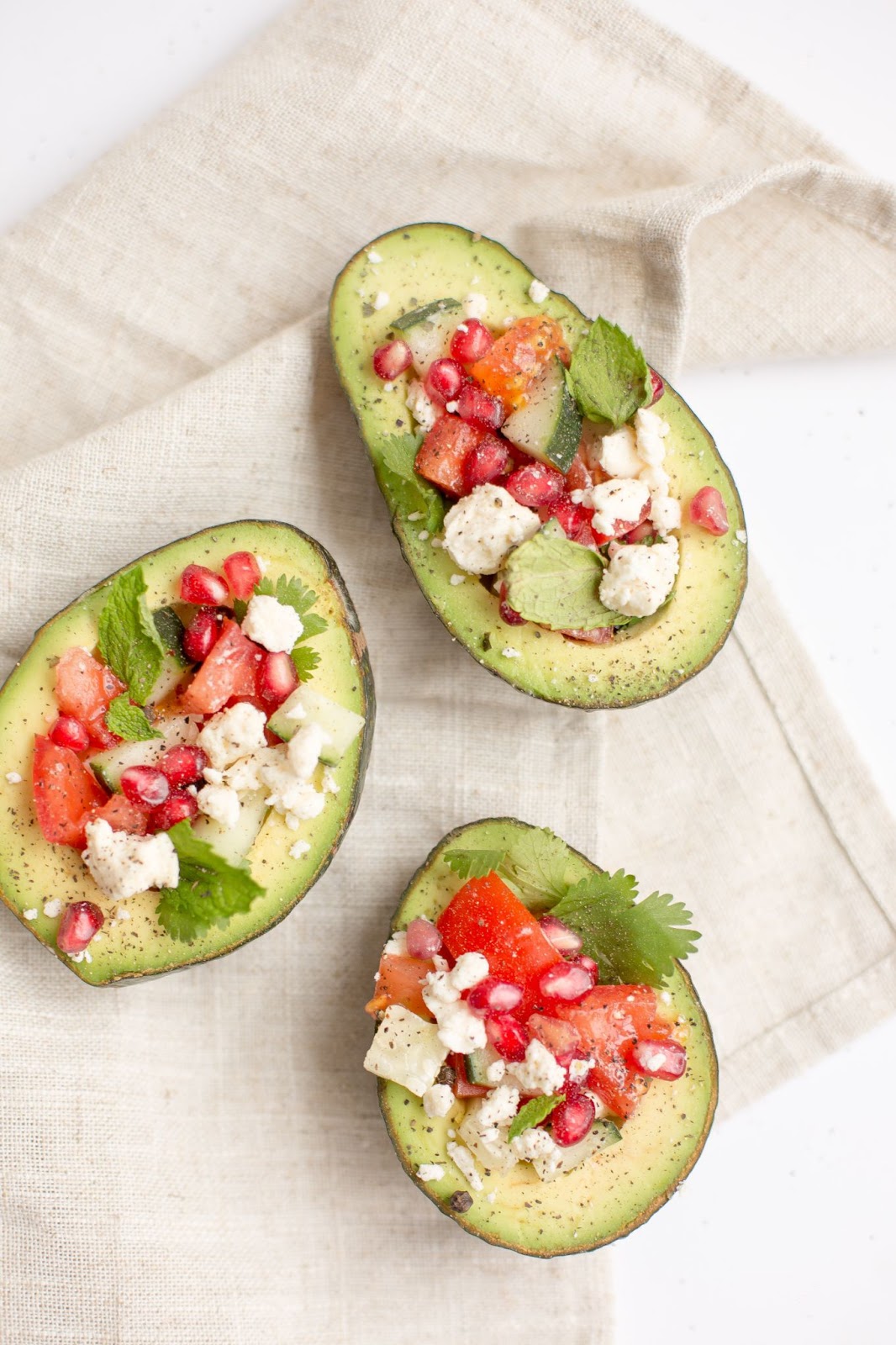Is DIY Cheese Making Safe? Facts, Stats, and the Truth
8th Jun 2021

Making cheese from the comfort of your kitchen can be a great way to add some diversity to your favorite dishes, but you may find yourself wondering if it really is safe to be making your own cheese. After all, it’s not like you’ve ever had a neighbor share their grandma’s cheese recipe (unless you have really great neighbors).
So long as you follow food safety protocols, homemade cheese is both safe and healthy. If it’s made with fresher ingredients and without fillers or excessive preservatives, homemade cheese is healthy and delicious.
In itself, food safety is an incredibly broad subject that spans the entire culinary world, so we’ll take a closer look to see how it relates to cheese specifically. And while food safety will be the first step in making safe DIY cheese, you’ll also want to consider the long-term health effects of your cheese.
Food Safety and Sanitization

Despite the implied phenomenon in the “5-second” rule, bacteria don’t discriminate between germophobes and non-germophobes–they’ll grow on anyone’s food without prejudice. Luckily, you can put a stop to it.
The first step in any cheesemaking endeavor (especially those that include an aging process) is ensuring you are preparing your food in a safe, sanitary environment. You should sanitize everything from your warming vessel to your thermometer to prevent any possible contamination from pathogens.
Failing to follow food safety and sanitization protocols is where cheese can become unsafe. While your recipe and ingredients will significantly affect your cheese, the cleanliness of your cooking space and utensils will have the greatest effect on them. Accidentally using skim milk instead of whole milk may give your cheese a different taste and texture, but contamination from pathogens can render your cheese inedible.
It’s important to note that the possibility of contamination due to improper sanitization is not limited to homemade cheese. While you can fully control your own sanitization efforts, you can’t control them with store-bought cheese. Though rare, there have been numerous recalls of cheeses from smaller artisan shops and even cheesemaking giants due to potentially hazardous contaminants.
Some of the potential pathogens in these cheeses made without the proper food safety steps include Listeria monocytogenes, Escherichia coli, and Staphylococcus aureus. Infection by any of these bacteria can get people quite sick, especially those who are elderly, pregnant, or have compromised immune systems. For your safety and that of those who will eat your cheese, you’ll want to make sure you prioritize sanitization.
Proper care and precautions are vital to ensure you don’t get things with long, scary scientific names in your cheese. Fortunately, it’s easy to adequately prepare your space and tools. Taking a moment to sanitize your equipment ends up saving you time when it spares you from having to remake your cheese. Some excellent disinfectants for cheesemaking include:
No matter which means you choose to sanitize your equipment, the people who enjoy your cheese will thank you. If you’re still hesitant and aren’t quite sure where to start, we have an entire blog post dedicated to cheesemaking sanitization tips. As always, feel free to contact us with any questions you may have along your cheesemaking journey!
Preservatives in Store-Bought Cheese

As with most foods you’ll find in the grocery store, store-bought cheeses may contain added preservatives to increase their shelf life and reduce premature spoilage. Preservatives on a large scale have been beneficial in preventing foodborne illnesses, but you may want to limit your intake of them.
When you make your own cheese, you’re able to control the ingredients you include. You don’t have to use any preservatives if you don’t want to, though you may wish to keep salt for aged cheeses. Take special care, especially when omitting preservatives, to ensure you’re following adequate food safety procedures. What’s more, your opportunities for flavor are limitless when you decide what goes into your cheese.
If you’re a frequent buyer of shredded cheese, you might notice that your quesadillas taste a bit different than the ones at your local taqueria. Putting culinary expertise aside, the difference might be more superficial than you’d think. Store-bought shredded cheese requires an anti-caking agent to keep all of those shreds of cheese from congealing back into a big clump. To keep the shreds separated, commercial cheese companies will typically add cellulose powder. While this powder is derived from plants and is generally seen as benign, it doesn’t taste that great. Shredding your homemade cheese is a surefire way to capitalize on all of your food’s potential flavor and give that taqueria a run for their money.
As we discuss preservatives, it’s important to note that they’re not all bad. A variety of preservatives naturally occur in milk (and subsequently cheese) that can aid in the preservation of cheeses. Lactic, citric, and sialic organic acids are all naturally present in milk and help control bacterial growth. Store-bought cheeses will tend to have more added preservatives, and these can affect people differently. For those sensitive to them or who don’t care to consume them, homemade cheese can be the answer.
| Preservative: | Sodium Benzoate | Potassium Sorbate | Sorbic Acid | Natamycin |
| Purpose | Anti-microbial | Anti-microbial | Anti-microbial | Anti-microbial |
| Synthesis | Chemical | Chemical | Chemical | Microorganisms |
| FDA Approval | Yes | Yes | Yes | Yes |
| Adverse Health Effects | Possible allergen | Rare, Hives possible | Rare, Hives possible | Rare |
| Naturally Occurring in Dairy | No | No | Yes | No |
Control and Quality of Ingredients

Arguably the most enticing feature of homemade cheese is that you have complete control over every single ingredient. Sure, you’ll probably want to follow a recipe, but ditching store-bought cheese allows you to fully exercise your culinary prowess.
Almost any cheese you can buy will come with a nutrition label that includes a list of ingredients. What’s typically not included would be an indication of the quality of such ingredients. Many companies can claim only to use those of the highest quality, but how can you know? For starters, you could (and not to belabor the point) make it for yourself. Your personal touch on your favorite cheese could be the difference between you enjoying your meal and loving it.
With such control over what goes into your food, you can also adjust the ingredients to fit your personal needs and preferences. For example, let’s say you’re lactose intolerant. Instead of using regular whole milk to make your cheese, you can use lactose-free milk to make cheese that will also be lactose-free. That way, instead of being limited by the available lactose-free cheeses at your local grocer or being forced to take a lactase pill, you can enjoy virtually any cheese. Furthermore, if you or a friend doesn’t eat animal cheeses for moral reasons, you might be able to ethically source your ingredients and still enjoy delicious, homemade cheese.
Making your own cheese allows you to know precisely what you’re consuming. What’s perfectly safe for someone else might not be so for you, so having that control gives you a better handle on your health. With that, you can adjust your recipes to better suit your food sensitivities and your nutritional needs. Think of it this way–you can get a great-looking suit off the rack, but wouldn’t you look better in one that’s custom-tailored? Making your own cheese allows you to be your own tailor, which might be helpful when eating too much homemade cheese changes your waistline.
Healthy Cheeses Vs. Unhealthy Cheeses

When you’re thinking about whether or not cheese is safe, you’ll also want to consider how eating cheese can affect your long-term health. There are plenty of cheeses that are exceptionally healthy and fit into a healthy lifestyle, and there are also cheeses that are better suited to satisfy your heart. In the metaphorical sense, that is, nacho cheese isn’t particularly known for its cardiac goodness.
Homemade cheeses will tend to be more nutritious and more flavorful than store-bought alternatives. Cheese companies may substitute skim or low-fat milk for cheeses that are best made with whole milk (which is just about them) to provide a less calorie-dense cheese. While calories are an important consideration for those conscious of their health, they don’t give the whole picture.
Cheese and dairy products can be wonderful additions to a balanced, healthy diet. They can be excellent sources of protein and calcium, and have been linked to numerous health benefits. Without getting too deep into it, note that cheese is an incredibly complex food with many facets to contemplate. For a closer look at how your favorite cheese stacks up as a health food, check out our blog post that compares some of the most healthy cheeses and some of the least healthy cheeses.
Sources:
- https://www.ncbi.nlm.nih.gov/pmc/articles/PMC5018514/#:~:text=Natural%20food%20preservatives%20in%20domestic%20and%20imported%20cheeses,and%20storage%20period%20were%20investigated
- https://www.sciencedirect.com/science/article/pii/S0022030293776286
- https://www.ejfa.me/index.php/journal/article/view/1049

